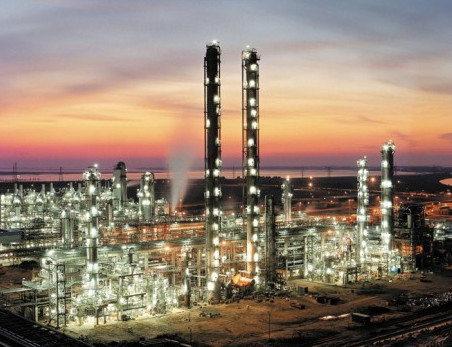 The only mercaptan sulfur in natural gas is methyl mercaptan (CH3SH). Natural gas sweetening may proceed in two ways. First – using solvents, absorbing along with methyl mercaptan, also hydrogen sulfide and carbonyl sulfide, second – using alkaline solutions. As solvents are used: N-methylpyrrolidone (Process “Purizol”), dimethyl ether of polyethylene glycol (Process “Selexol”), mixtures of alkanolamines with physical absorbents (methanol, benzyl alcohol, sulfolane) (Process “Sulfinol”), etc.
The only mercaptan sulfur in natural gas is methyl mercaptan (CH3SH). Natural gas sweetening may proceed in two ways. First – using solvents, absorbing along with methyl mercaptan, also hydrogen sulfide and carbonyl sulfide, second – using alkaline solutions. As solvents are used: N-methylpyrrolidone (Process “Purizol”), dimethyl ether of polyethylene glycol (Process “Selexol”), mixtures of alkanolamines with physical absorbents (methanol, benzyl alcohol, sulfolane) (Process “Sulfinol”), etc.
Natural gas alkaline sweetening process has more strict requirements to the incoming feedstock: content of hydrogen sulfide, CO and CO2 –should not exceed 0.001% wt. These requirements are caused by alkali consumption on formation of sulfides and carbonates and by impossibility to regenerate it. To ensure this strict requirements for raw materials alkaline sweetening of gases usually used in conjunction with amine hydrogen sulfide and carbon dioxide removal. Gas alkaline sweetening is mainly used for feed gas with high concentrations of methyl mercaptan. In other cases, the above solvents are used.



